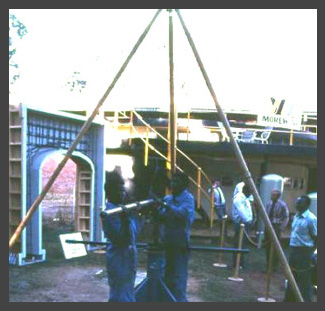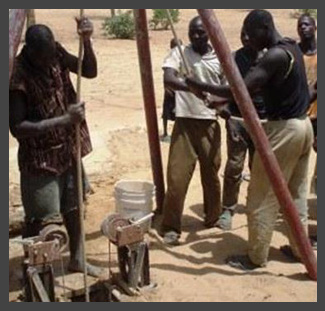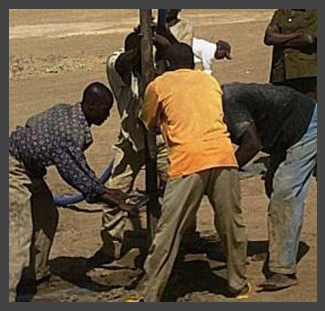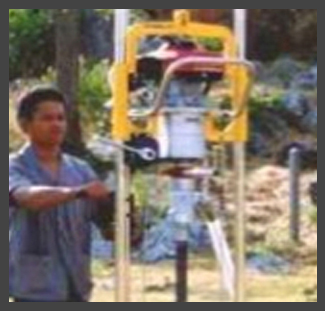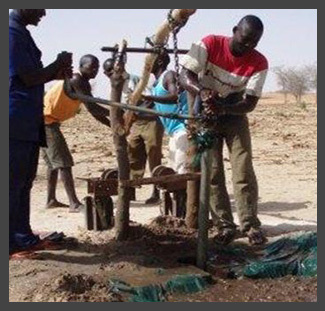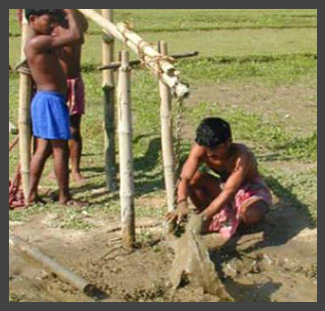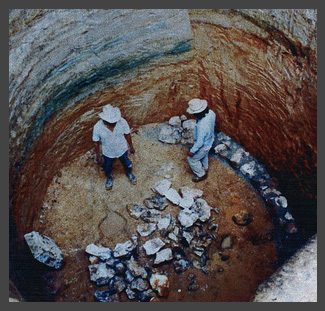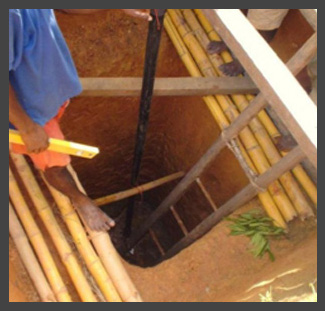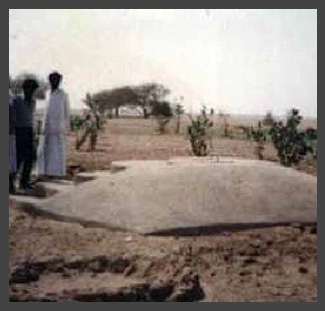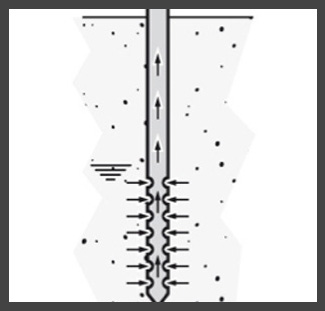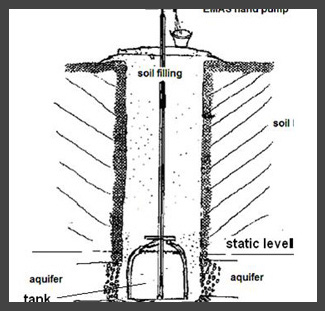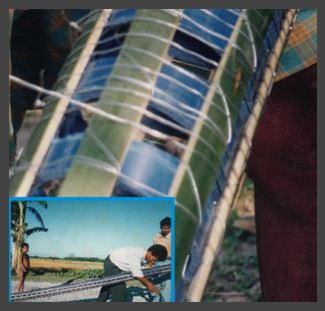Difference between revisions of "钻井或挖掘井"
From Akvopedia
Weichen Chen (talk | contribs) (→Field experiences) |
Weichen Chen (talk | contribs) (→Manual drilling comparison of methods) |
||
| Line 110: | Line 110: | ||
<br> | <br> | ||
| − | === | + | ===人工钻井方法比较=== |
| − | [[Image: Drilling Method Selection.jpg|thumb|none|600px| | + | [[Image: Drilling Method Selection.jpg|thumb|none|600px|钻井方法选择. 图表来源: WEDC Loughborough University Leicestershire( 英国拉夫堡大学).]] |
<br> | <br> | ||
| + | |||
===Manual drilling links=== | ===Manual drilling links=== | ||
{|style="font-size: 120%;" cellpadding="5" | {|style="font-size: 120%;" cellpadding="5" | ||
Revision as of 10:44, 19 October 2015
| |
|
|
|
|
|
|
|
|
获取地下水资源不是一件轻而易举的事情,本节将讲解许多不同类型的钻井方法(钻井深度及费用各不同)。例如,据说非洲的地下水资源比其他大洲更为丰富。尽管如此,使用机器钻井对于大部分非洲人而言费用太高。与使用机器钻井相比,人工钻浅井(最深35米)的费用降低4到10倍。费用降低后,非营利性组织和政府就能钻取更多的水井,同时村民、农民、学校和小型社区可以在私有企业的援助下自主钻取水井。
气候变化因素
随着气候变化(如干旱),一些地方的地下水可能会逐渐干涸,因此可能需要钻取更深的水井(费用也会更高)。由于在干旱时含水层的水量变少,就应该避免上层滞水含水层(含水层比水位还高)。滨海含水层可能会遭到咸水的影响,因此一定要检查水质。
实地经验
这些工程可能会使用人工挖掘或钻井,并且列在了网站Akvo.org的Really Simple Reporting (RSR)|易汇报中。
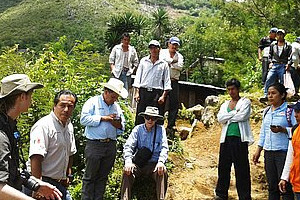 MWA-LAP: 墨西哥 |
 TESO North 学校和社区WASH 工程 |
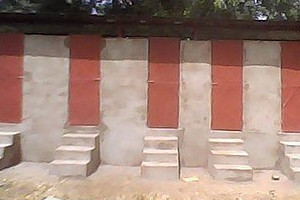 Eau Hygiène et Assainissement(水、卫生与污水排放) |
 Eau, hygiène et assainissement(水、卫生与污水排放) |
 Project Water4Tomorrow(明日之水) | ||
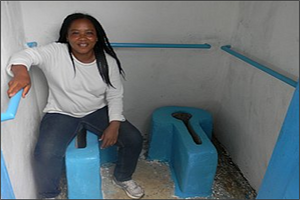 农村水援助 WASH 工程 |
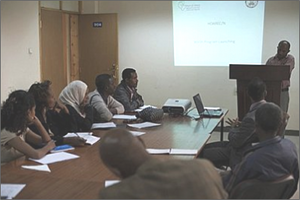 净水工程 |
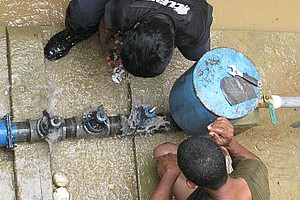 MWA-LAP: 尼加拉瓜 |
 WASH 联盟工程, 埃塞俄比亚的AMREF |
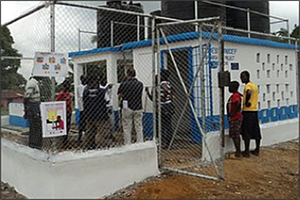 蒙罗维亚城市WASH II | ||
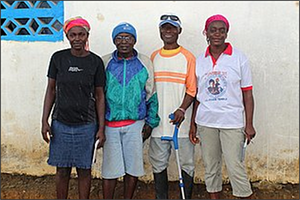 加速净水工程1 |
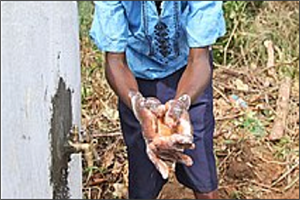 学校儿童 WASH 工程 II |
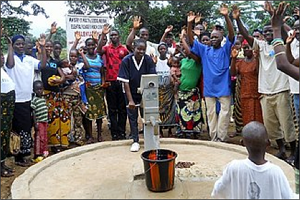 农村钻井和重建1 |
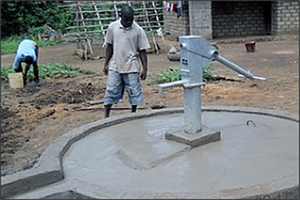 Panta 区农村水工程1 |
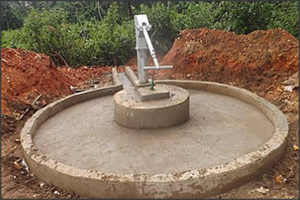 社区水卫生综合工程 | ||
人工钻井方法比较
Manual drilling links
Manual Drilling Sector in Africa 1 |
Manual Drilling Sector in Africa 2 |
2. Building Capacity (English) |
Drilling: 4. Mapping (English) |
Drilling: 2. Drilling Techniques |
- VIDEO: Manual drilling and pump installation, Madagascar by The Water Channel.
- Human-Powered Drilling Technologies, Richard Carter, Cranfield University, 2005.
- Groundwater and climate change in Africa: The Kampala Statement. Richard Taylor, University College London (UK), IAH Commission of Groundwater & Climate Change.

